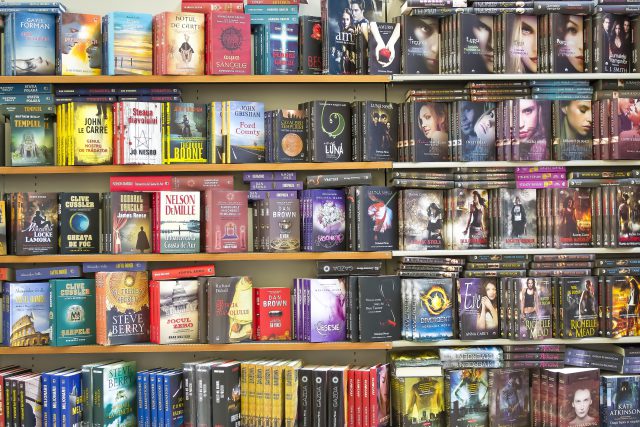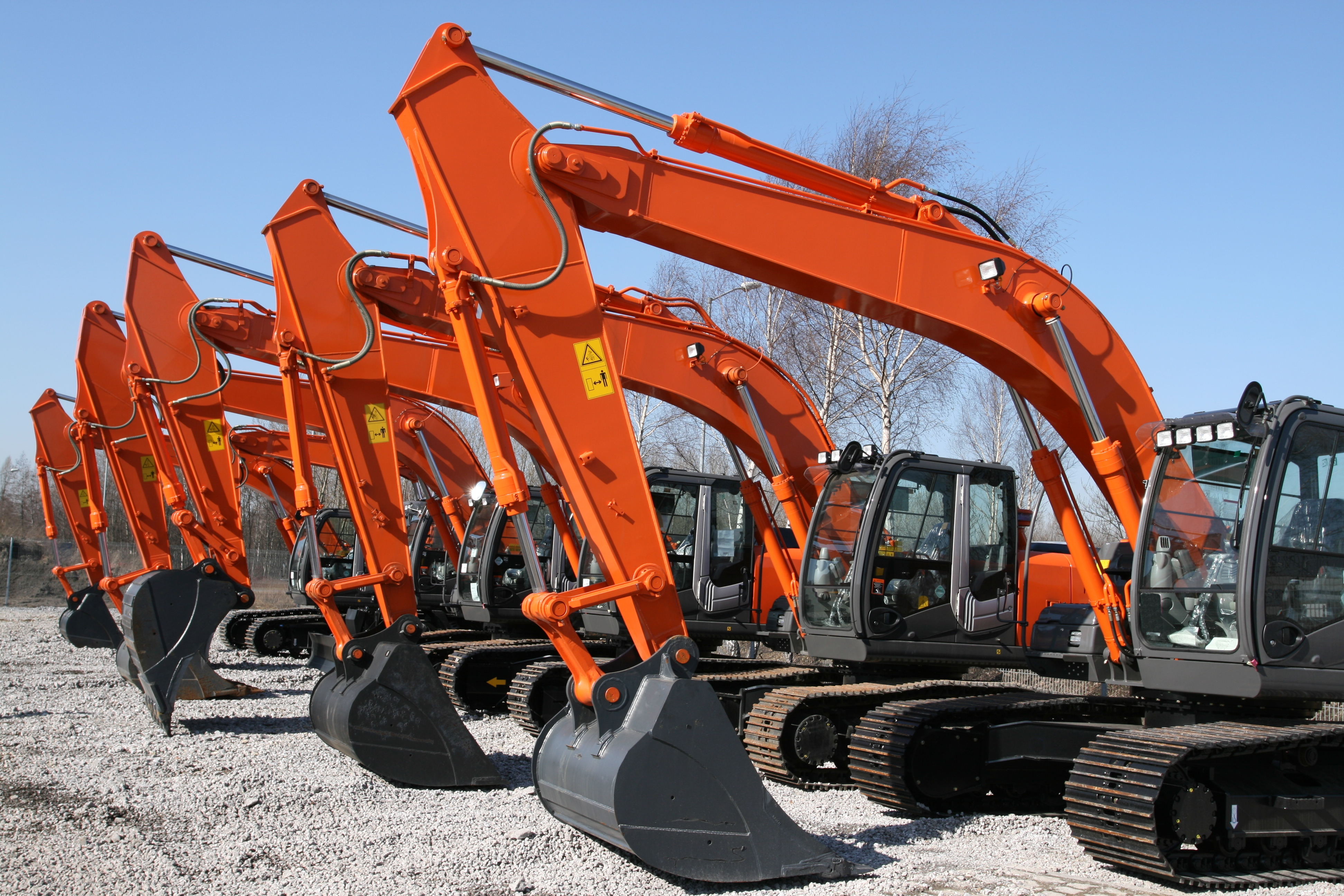I’ve just finished reading the NSW Productivity Commission Report, its Green Paper, on how to improve productivity in the NSW economy. It’s fascinating reading and if you add up all of the different recommendations, they believe that the size of the economy could be improved by $33,000 for every man, woman and child. That is a total of 250 billion dollars per year, in addition to the size of the NSW economy, by following their recommendations. So if we delve further into their recommendations, the thing that excited me the most is the number of times the word ‘Pricing’ got mentioned – 188 times!
So let’s have a look at some examples of how pricing can improve the size of the NSW economy. First of all, we are going to look at public transport. At the moment, many people choose to travel on public transport in peak hour. And as a result, we need more trains, we need more buses, we need more ferries, we need bigger train stations. If that could be spread out over a wider period of time, then we wouldn’t need as much infrastructure. And so what is proposed is to charge a bit more for travelling in peak hour and a bit less for people travelling in other times. And that would encourage some people to change their habits. Similarly, if we look at roads and traffic, most people travel during peak hour, once again. If we charge people to travel in peak hour, where there is already tolls, and if we increase those tolls in peak hour, then we could once again encourage people to spread out their journeys and we wouldn’t need to have as many roads and toll-roads and new freeways being built and those resources could be spent on other things.
And I hear what you are just saying. You are thinking “Well, I don’t want to pay higher tolls”, but of course this all means the taxes in other areas could be reduced. The same amount of taxes would be collected just in different ways and we would all have a better experience because there will be less congestion on the roads and there will be less congestion on the trains when we travel as well.
And then they talk about water and how they could increase the price of water when the dam levels get low, once again, to discourage people from wasting water. So with these simple pricing changes, we could be adding $250 billion to the size of the NSW economy every single year.
And so that brings me to my question: If Dynamic Pricing can add $250 billion every year to the size of the NSW economy, then how much could it add to the bottom line of your business?
If you would like to see this post in a video format, then please watch below:




